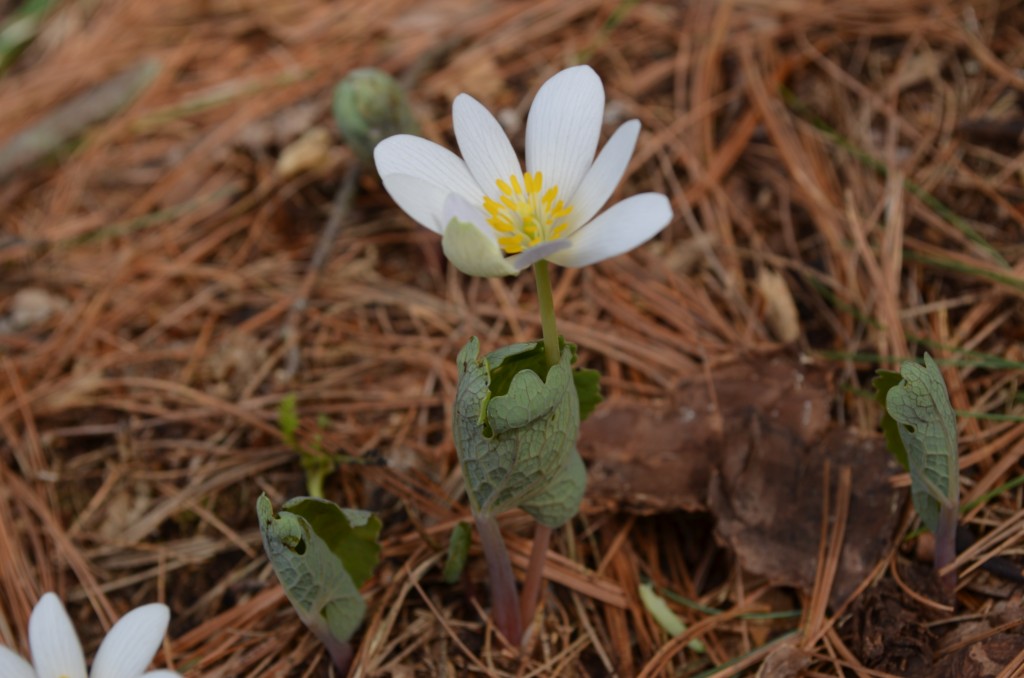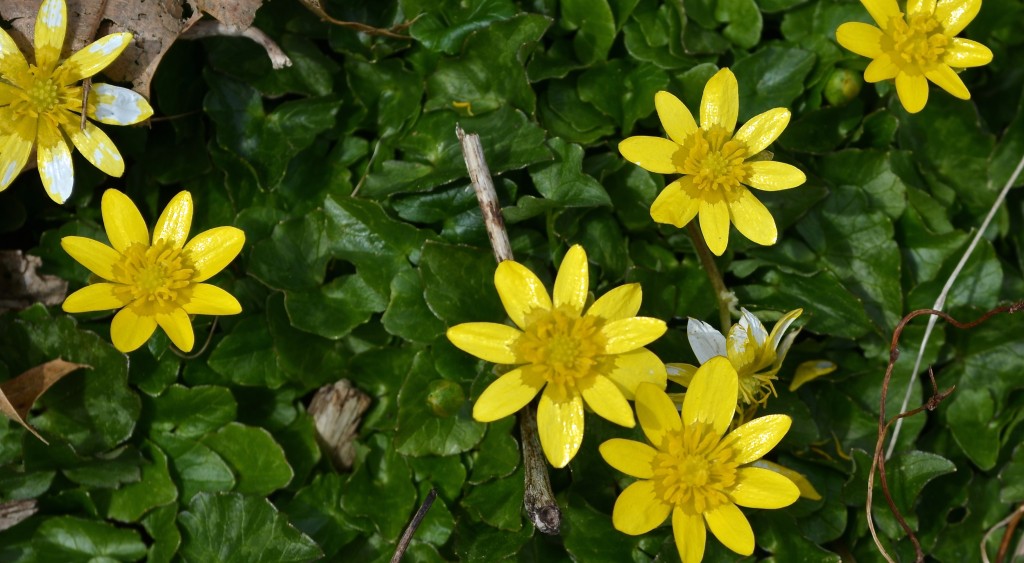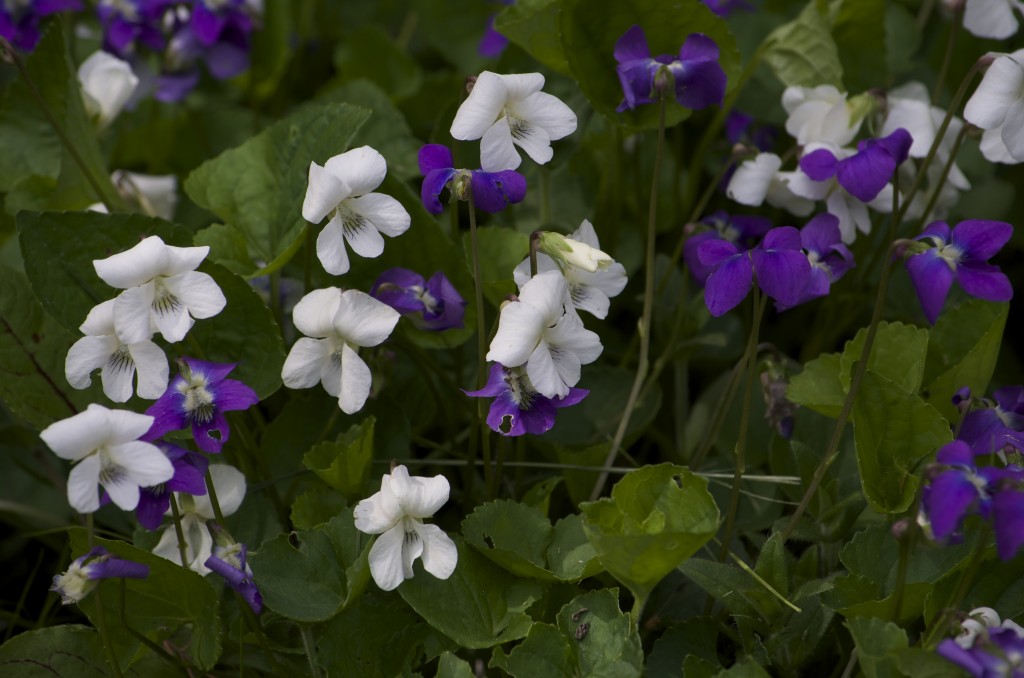 It’s been a good year for violets! This is a variable species that can occur as white or purple. Photographed in Dr. Whiteside’s magical Illinois garden, but also native all over New England.
It’s been a good year for violets! This is a variable species that can occur as white or purple. Photographed in Dr. Whiteside’s magical Illinois garden, but also native all over New England.
Common Blue Violet (Viola sororia)
Bonus pictures from my trip to the Midwest: we went to a concert in Lafayette, Indiana but had some time before the concert, so we checked out a wolf park surprisingly nearby. Beautiful animals.

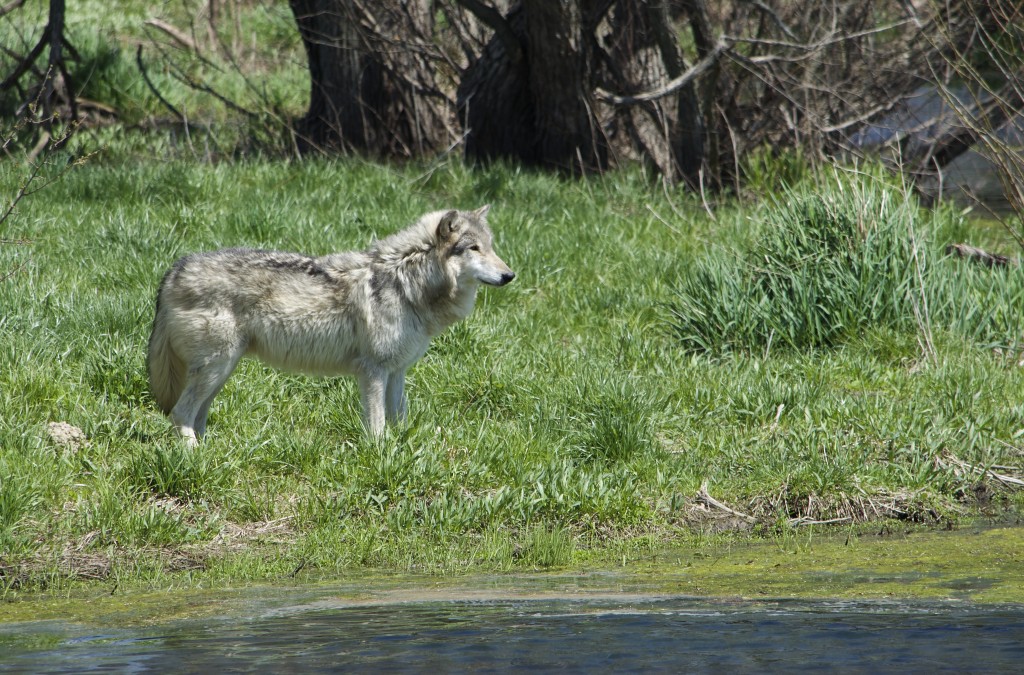
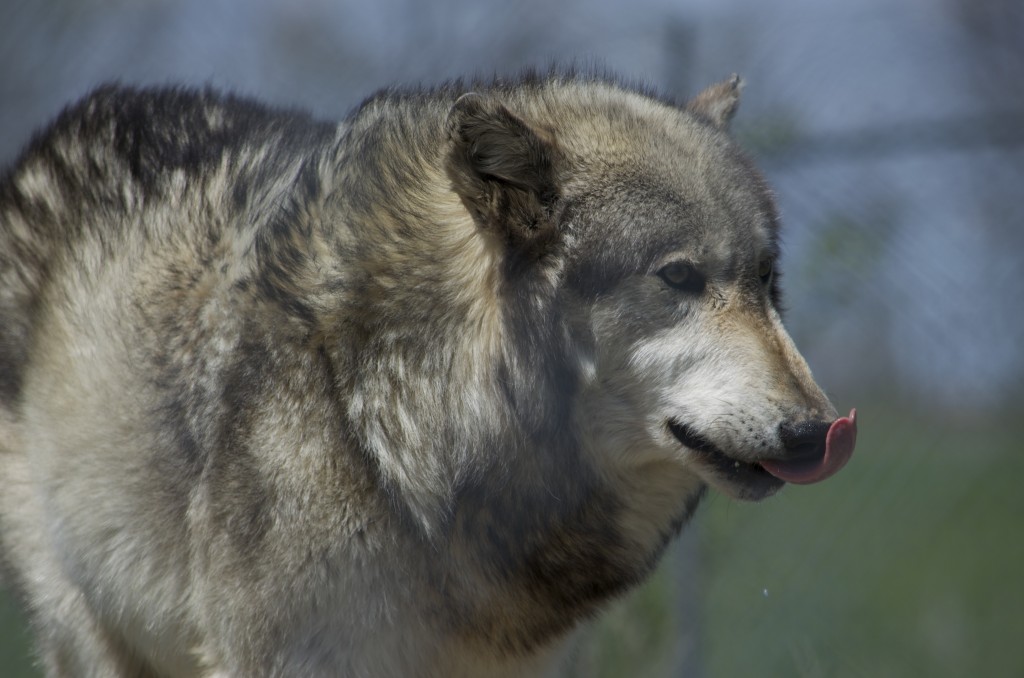
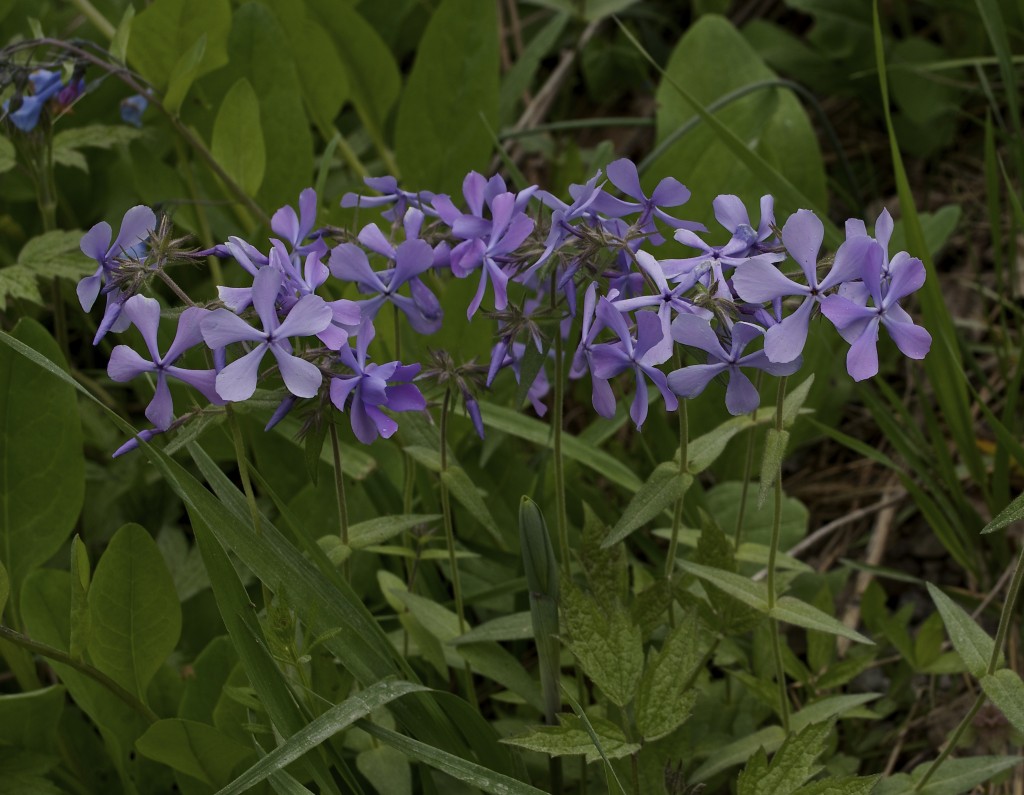
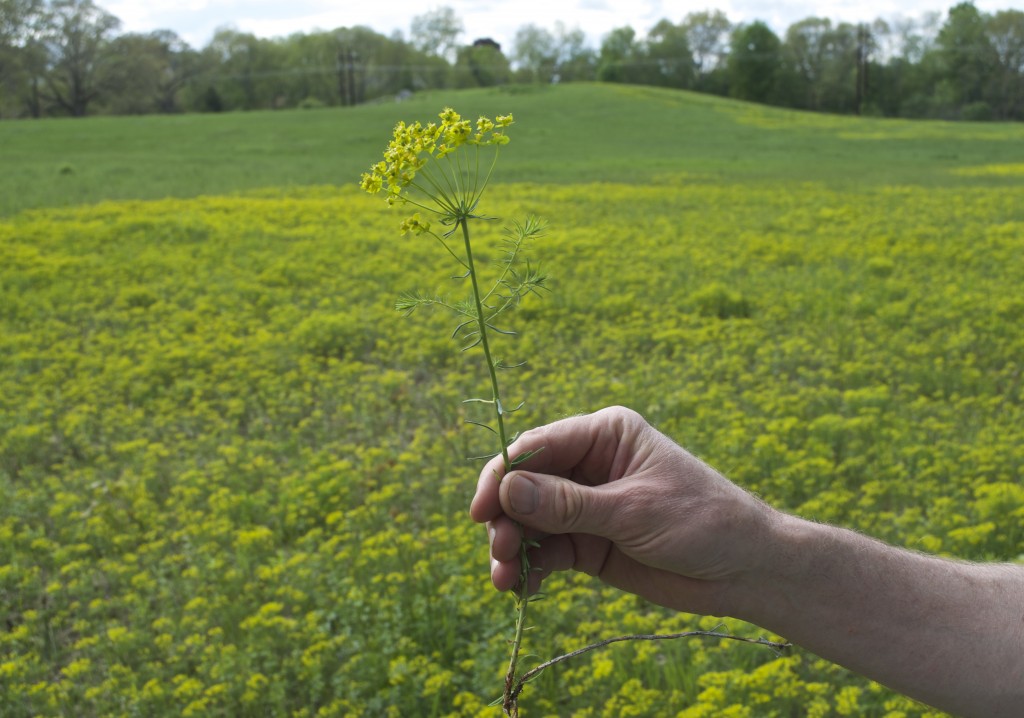
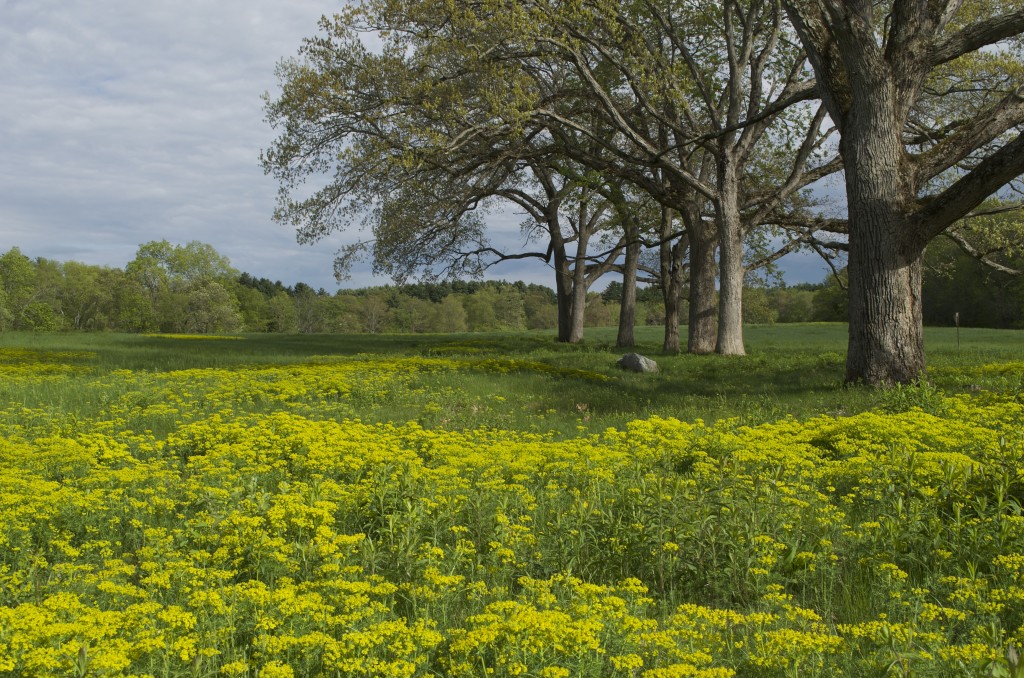
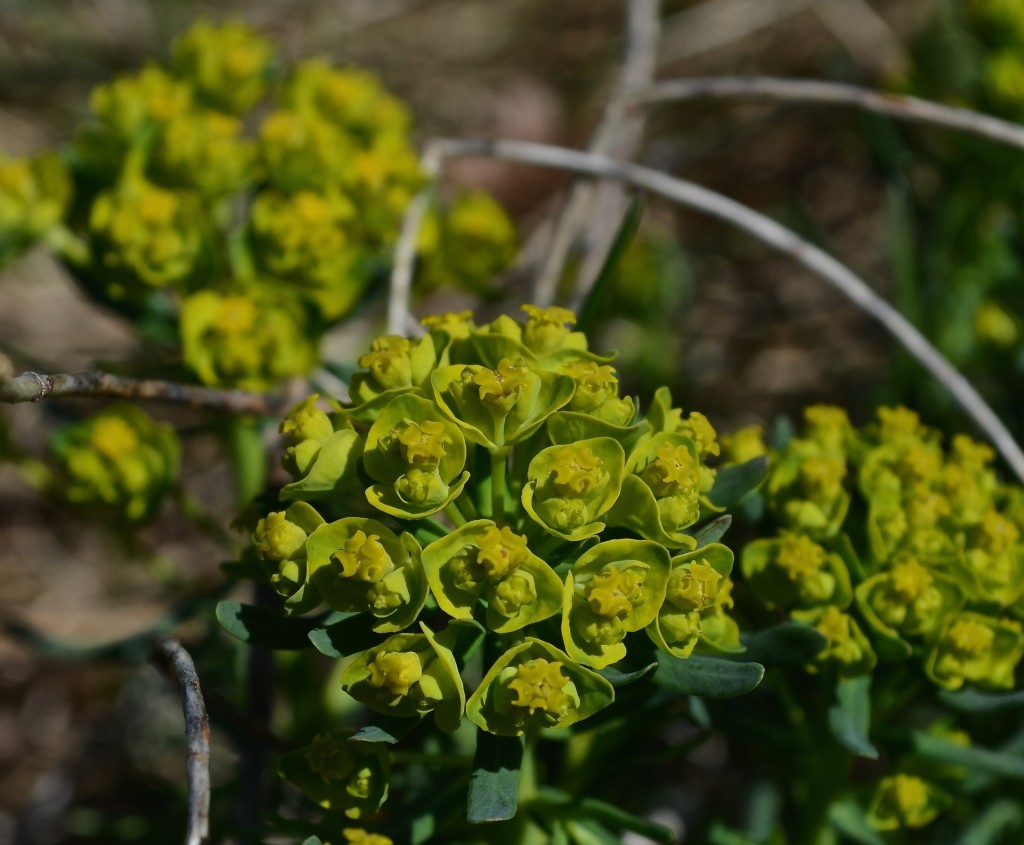 A hardy groundcover — tolerates poor soil, dry conditions, deer, rabbits, pollution… Has a milky, poisonous sap that repels herbivores. Forms a dense fluffy blanket about a foot tall. Tiny flowers that start lime-green and yellow, and age to red. Has narrow-leaved foliage reminiscent of cypress trees, hence the name cypress spurge. (The common name “spurge” comes from the Middle English/Old French word “epurge”, meaning “to purge”, because these plants were used as purgatives. (Poinsettias are spurges!) Native to Europe, introduced to North America in the 1860s as an ornamental, and is now a harmful invasive that has really colonized Charles River Peninsula.
A hardy groundcover — tolerates poor soil, dry conditions, deer, rabbits, pollution… Has a milky, poisonous sap that repels herbivores. Forms a dense fluffy blanket about a foot tall. Tiny flowers that start lime-green and yellow, and age to red. Has narrow-leaved foliage reminiscent of cypress trees, hence the name cypress spurge. (The common name “spurge” comes from the Middle English/Old French word “epurge”, meaning “to purge”, because these plants were used as purgatives. (Poinsettias are spurges!) Native to Europe, introduced to North America in the 1860s as an ornamental, and is now a harmful invasive that has really colonized Charles River Peninsula.